A 14 inch monitor, a 486 25MHz, no sound, DOS, Windows 3.11 and an ugly haircut in 1995. This is where I started with Doom. Let us have a look at how troublesome, tedious and slow things were , so we can all learn to really appreciate just how much better things are today.
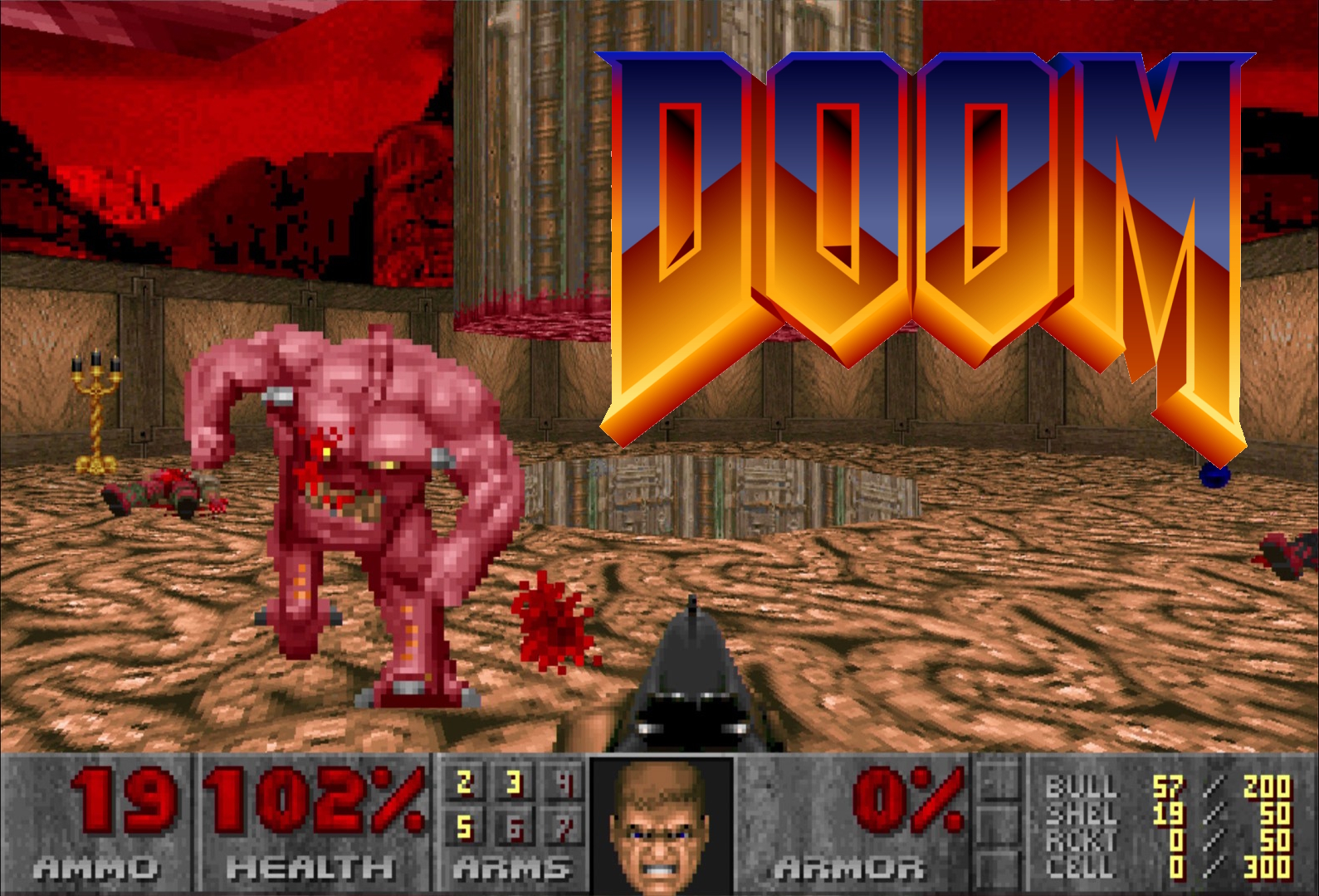
I wanted to write this story because I have noticed that I sometimes feel obligated to explain a few things to Doom players that have not been around for as long as me in the community or are simply too young to have lived when Doom was released. I hope my story can shed some light on how custom levels were made in the 1990’s and the kind of struggles we had that ultimately affected the quality of said levels, so that when you play them today, you might want to give us a little slack. I will make you feel bad for us for having grown up with this stoneage shit!
DOOM is introduced into my life
Today, we have very fast computers and fast Internet connections. We also have very stable and userfriendly tools such as Ultimate Doom Builder, Slade and a host of advanced nodebuilders. While a good level is not necessarily easy to build and the start can be a bit rough even today, it is nothing compared to how it used to be. Let’s start by taking a look at the hardware.
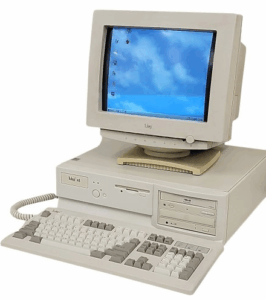
In circa 1996 when I was 16, my dad bought a 486 SX25 (see image above) with a 14″ monitor. It only had a single 3.5″ floppy drive, 4 MB of RAM, no soundcard and the operating system was Windows 3.11 and DOS. I do not remember the size of the harddrive, but I imagine it was something in the visinity of 100 MB. There was no dedicated graphics card and no internet connection either. A friend of mine told me that his big brother had some games he could install on it and one of them was DOOM.
I do not know how it was in other parts of the world, but here in Denmark not every household had a computer at this time. Far from it actually. And we are a relatively rich country, so it has to be seen in this light.
Back to DOOM. I was hooked. Immediately! I had never seen anything like it. I was not a computer guy or nerd at all. Up until now, I had almost zero interest in them. It was something the 2 nerds in my class were good at while I instead chose to do things outdoors or played football with my friends. The first times I played DOOM I got a lot of motionsickness. It took some getting used to, but it was just too interesting and fascinating to give up on.
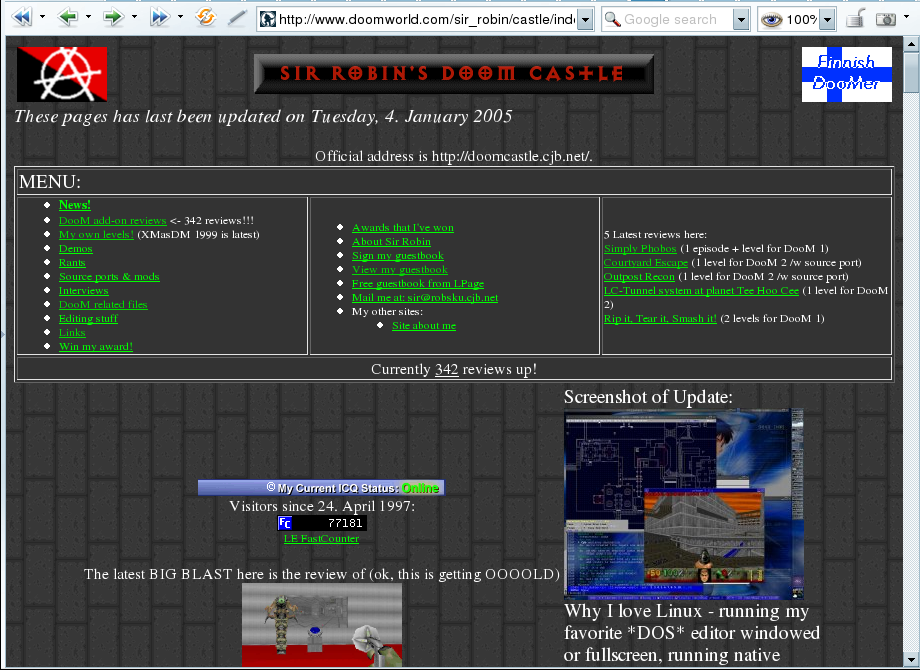
At my high school we had a room with fast computers and an Internet connection. Something I did not have in my house. I used those computers to visit various DOOM homepages and found custom levels that fans had built themselves for the game. I also got in touch with a few good people via e-mail. One of them was Paul Corfiatis whom I first got in contact with because I had a problem with my editor. More on that later. Anyway, a new world started gradually opening for me. I downloaded levels that looked interesting and saved them onto my trusty (very) orange 3.5″ floppy and took them back home to play them. It was all very cool, I thought. I mean, how awesome was it that I could visit new worlds in DOOM and many of them even looked better than those made by id Software! By this time I had upgraded my dad’s PC with a Soundblaster AWE32 soundcard and 4MB more RAM.
But things were moving fast and a 486 with a 25MHz processor was getting overtaken fast by an industry that really started to take off. Pentiums and AMD Athlons were on the rise and the future was creeping up on us… fast!
The editing bug bites!
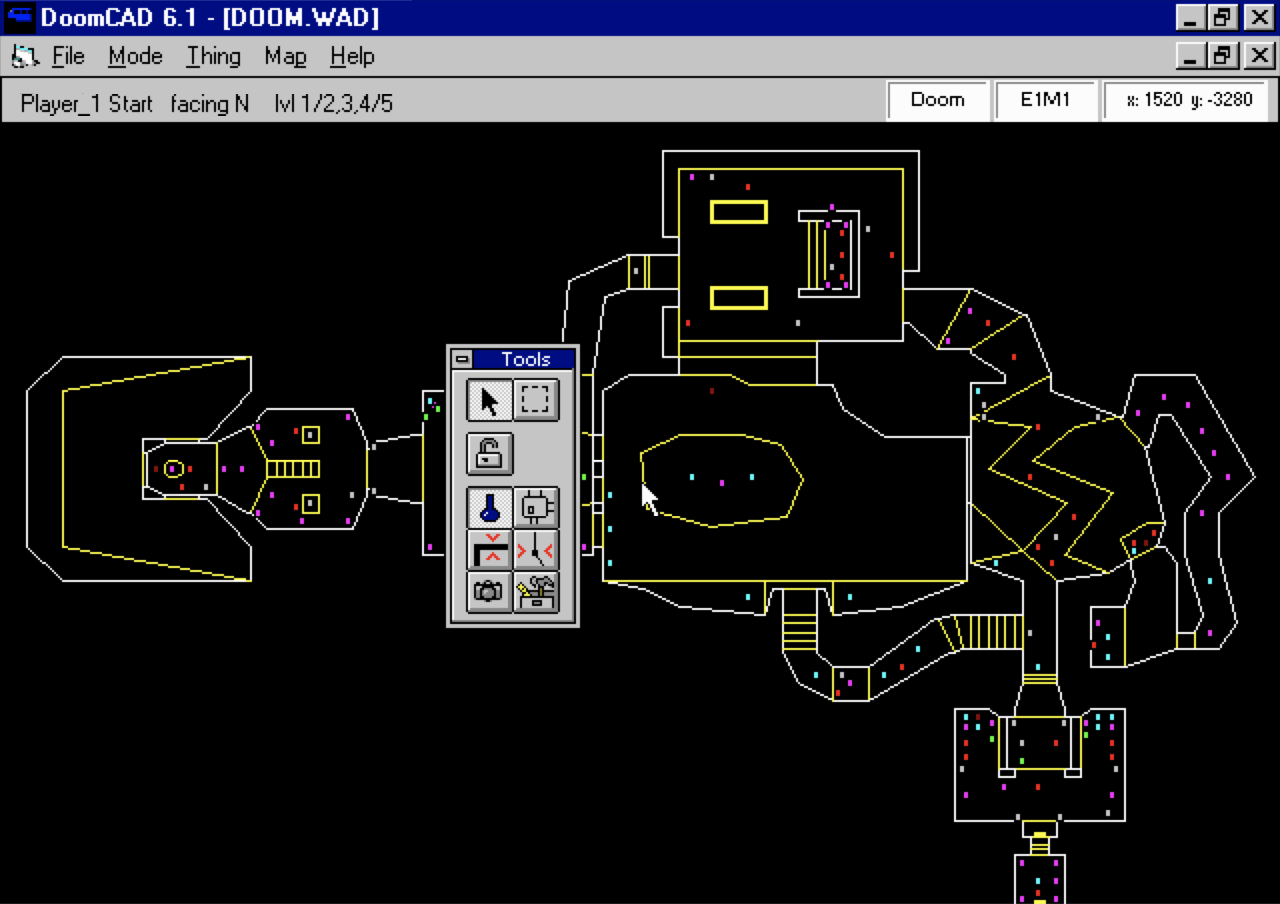
In 1997 I got my first PC. My own. This is when I first dipped my toes into making my own levels. I am not 100% sure where and how I found out that there were tools that could be downloaded and installed, but I am guessing one of my friends helped me. He was a bit more tech savy than me and he had already tried making levels for Duke Nukem 3D. I tried it, but did not understand it. I instead thought more and more about doing the same for DOOM. Some of the first tools I had were NWT and DoomCAD 6.1. At this point I had also upgraded from Windows 3.11 to Windows 95, which meant that I could now run DOOM via the DOOM95 launcher. The higher resolution and simple loading capabilities for custom stuff was really nice! I used it for a long time before trying something more modern like zDoom.
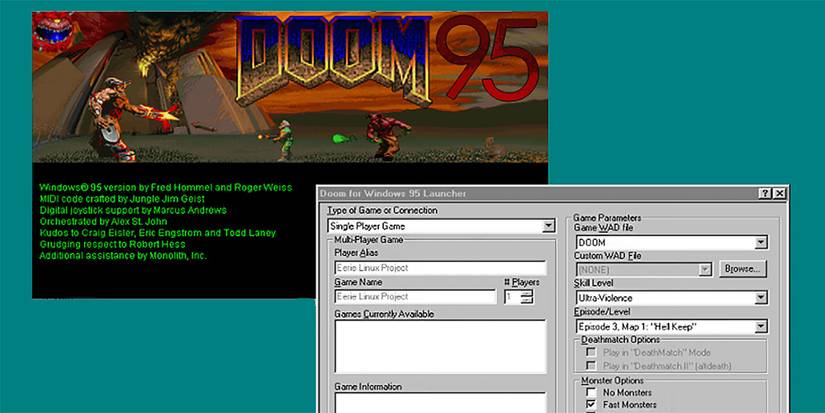
Tools of old that will haunt you
At this point you really need to pay attention and listen very carefully to this old man. This is where it gets interesting.
Unless you were there in the mid 1990’s it is probably hard to imagine just how crappy Windows 95 was and how awfully buggy the various DOOM tools where. NWT ran fine and stable in DOS, but DoomCAD was a totally different story. It was a crude and beta like tool that gained popularity because it was slightly more userfriendly than DEU or similar DOS editors. DoomCAD also featured a wireframe preview: An on paper revelation but almost useless in real life. Today, we have a very cool 3D preview feature introduced in the original Doom Builder. I cannot imagine building levels without today, but back then we had nothing. Only our imagination.

This meant that I had to envision how a room looked in 3D when I built it in a 2D top-down view. I had to imagine how a texture and a flat looked when I chose them in the editor for a wall, floor or ceiling. I then had to save the level to my harddrive, which took a long time if the level was getting big. And by big, I mean a handful of kilobytes. The best of all: DoomCAD would more often than not crash in this process causing you to lose hours of work if you had been working for a long time in the editor. Really, really painful. And autosave would have been a godsend, but alas everything was up to the user and his own selfcontrol. Anyway, the file was now saved, so I would then close the editor and load a DOS prompt. Again, this took minutes. I would then build the nodes for the level in DOS. It took several minutes. Then I would load the level in DOOM via a DOS prompt only to find… that all my hours of hard work had caused several visplane overflows or even worse: Slimetrails.
Exhausted? Not at all. This was just the way it was. Down the stairs I went, poured a cup of coffee and went back into the fray. Launched DoomCAD, loaded the broken level from an earlier iteration (I saved each time as a new file i.e “ch_001.wad”, “ch_002.wad” etc.) and started over again trying to build smaller or differently to avoid those VPO‘s and/or slimetrails.
Building a respectable level that was not just two big rooms and 4 Cyberdemons required a level of tenacity and patience that most youngsters today could not possibly imagine. *shakes his cane furiously at a nearby kid on a bike* A level that was not a complete dog took weeks and weeks of hard work.
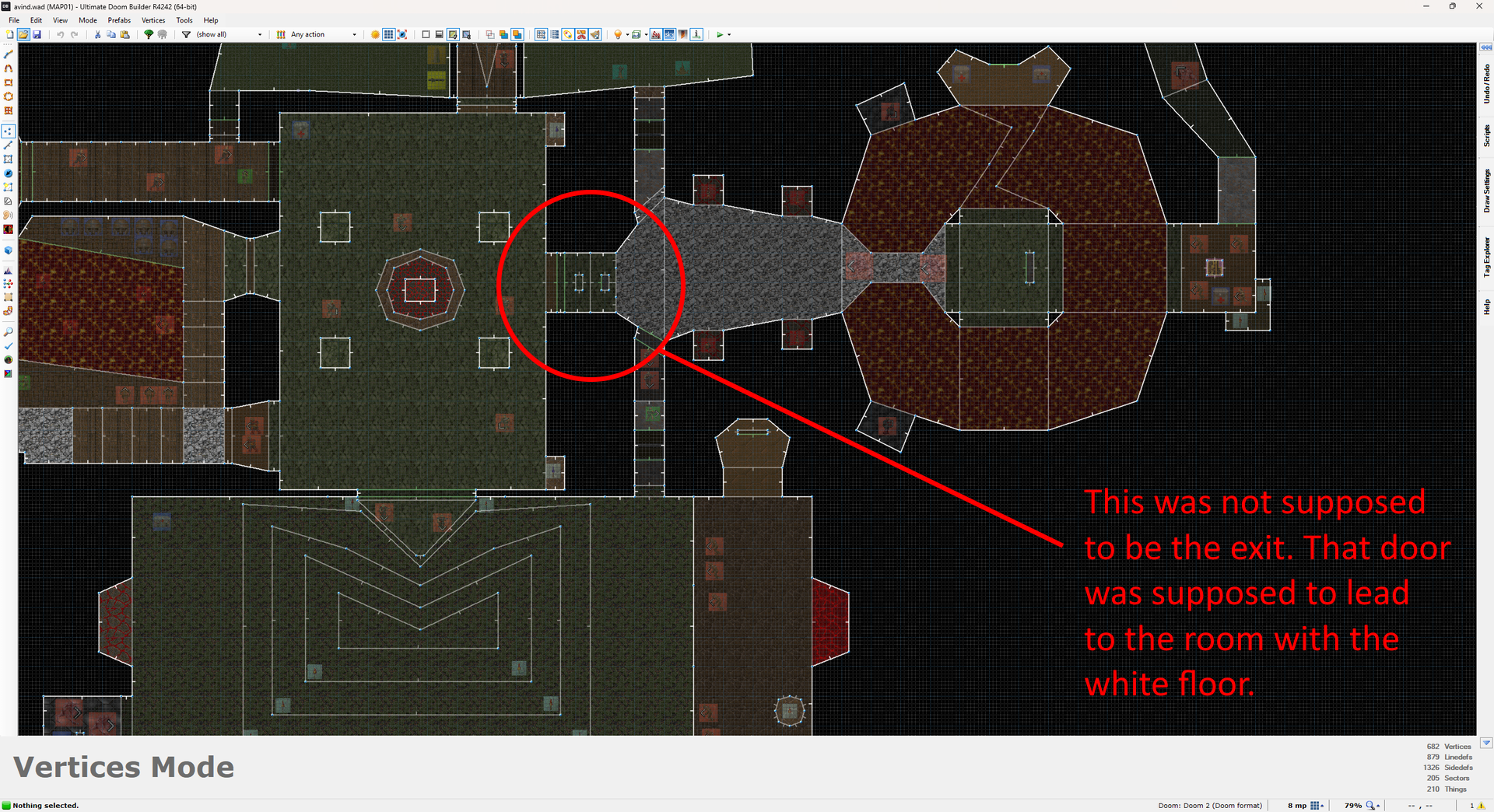
Now, as frustrating as that may sound, it turned out to be good training. Building the same stuff over and over again because of those crashes or bugs in the level meant that by the time a level was finished, it was most likely of a better quality than it would have otherwise been. There was a downside though.
In the beginning, I would draw a level (or sections of it) on paper, but when I built it, I could never really flesh it out the way I imagined. There was always a VPO or slimetrail ruining everything. This is often why, that if you will play one of my oldest levels the progression can get a little weird. Why is that switch so far away from that door? Why are there torches blocking the way? Granted, some of it has to do with inexperience and a relatively noobish level of knowledge of good gameplay mechanics, but many times it was simply because I could not create the level the way I wanted. I had to adapt and cut corners, so to speak.
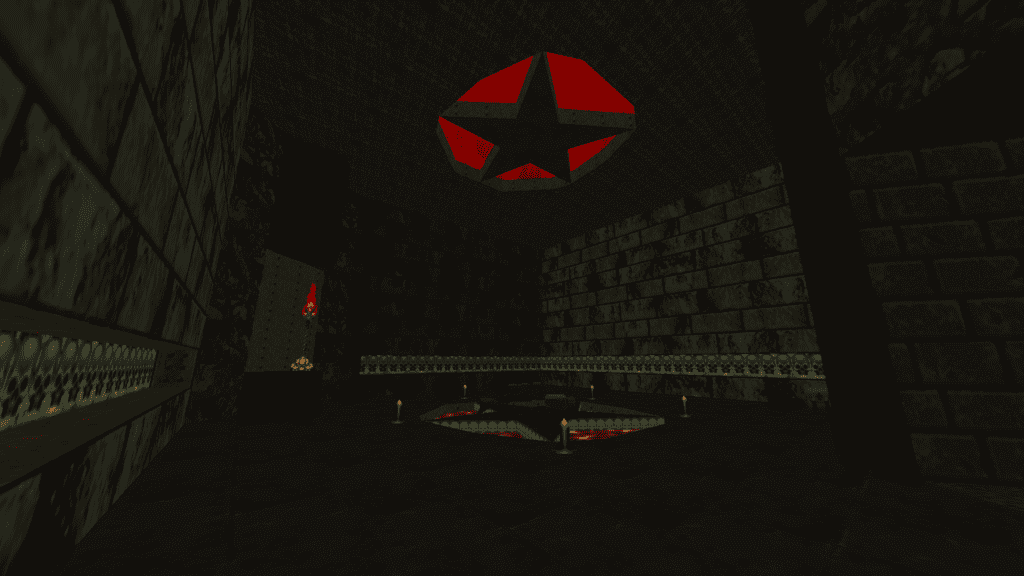
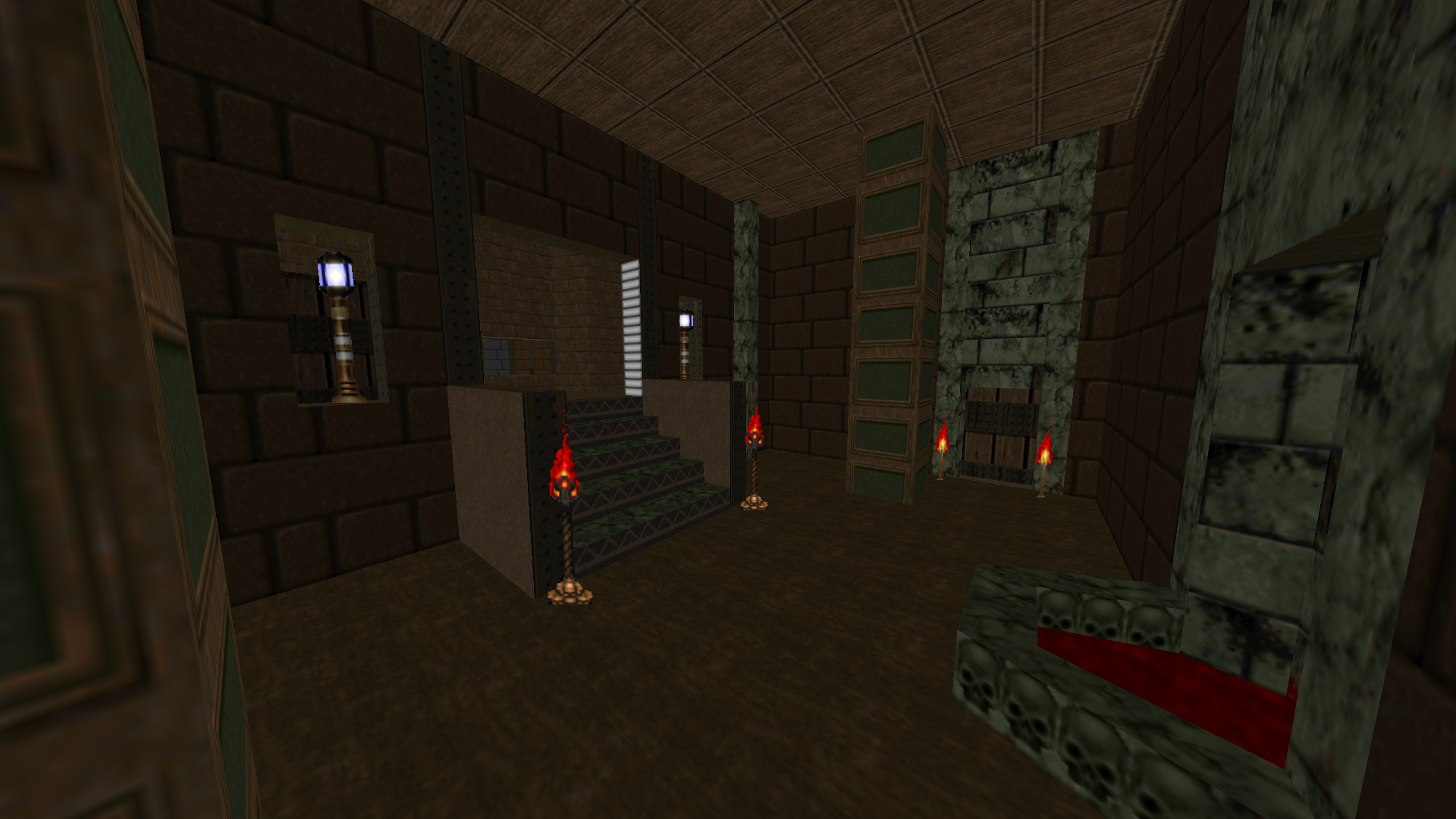
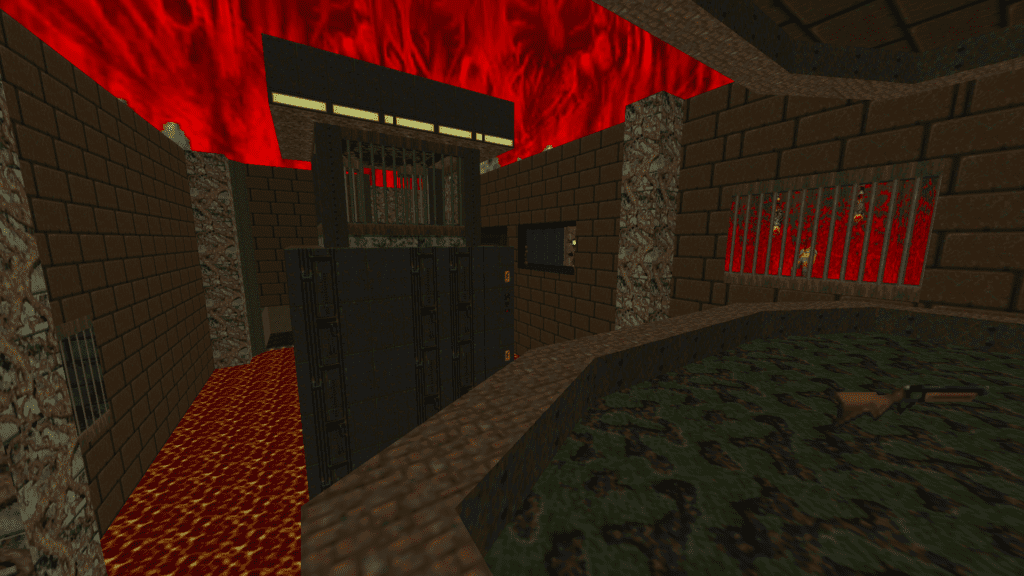
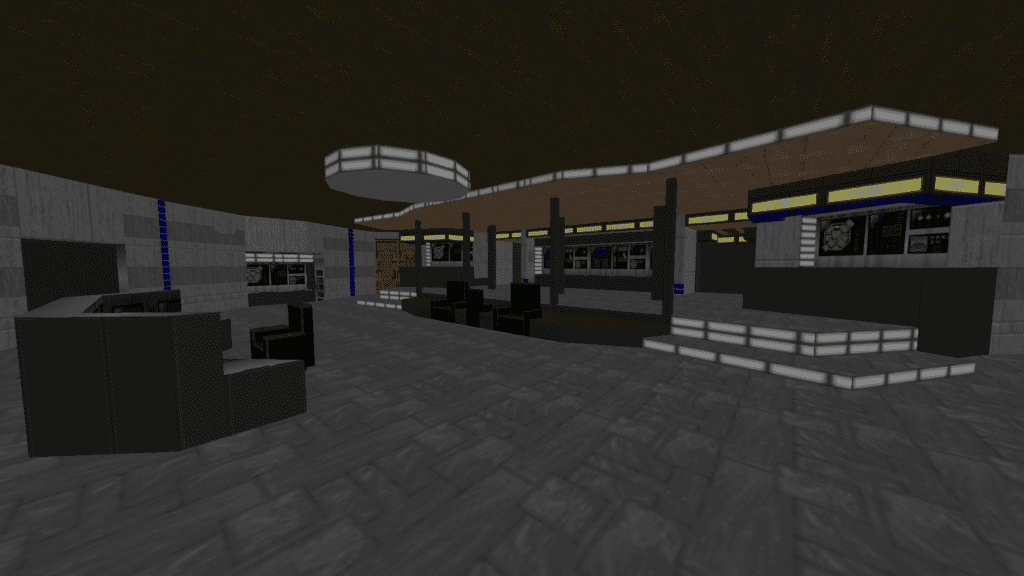
In a year or so I managed to create a handful of levels. The first one I built from scratch was The Revenge of Avind. Before that I had only modified MAP01 of DOOM 2 to try and get a hang of things. My first levels were crude by today’s standards, but if I have to say so myself, it was not the worst. Looking back at them I feel no regrets. The only thing I would have done better was to focus more on good gameplay and balance. In the beginning I was very focused on architecture and effects. At this point in time I had never played DOOM without god mode, so I basically merely guessed how a non-cheating player would play it and looked to other levels and how they did things. That was not a very good idea, as the gameplay in these early levels are severely hampered by this where health and ammo versus monster balance is at times way off.
I wanted to share my work with the rest of the community. Another Dane hosted my work on his personal homepage for a short time and I sent them to reviewers like Sir Robin. I felt immensely proud when they posted it online and a few positive paragraphs made me feel invinsible and I hungered for more. It was so cool! And since this is a history lesson, now is probably a good time to explain why the Hell my old levels have such odd and embarrassing txt files and why they’re dated 2000. First of all, I was an infant online and we had only been online for a few years (unless you were a super nerd!). It was all very new and there were no scammers, virusses, spam mails, bots and phising attempts trying to take you down at every corner. Sure, they were there, but nothing like you know today. So, there was no problem in writing your real, full name in text file and sharing your deepest and weirdest secrets with the rest of the world. We were all friends, you know! How naive.
It wasn’t until 2000 that I uploaded all the levels I hade made to /idgames and in that process I updated all my old text files. That’s why you might find an old level that dates back to 2000 but in reality was built in 1997 -1999. This and my name changes has caused much confusion. My wiki page is pretty accurate if you’re in doubt. Later I went full nerd and built my own homepage where I could host my own levels and review other people’s works. I was briefly hosted at the now defunct DoomCenter as well. And I kept building levels.
Perseverance and patience will reward you
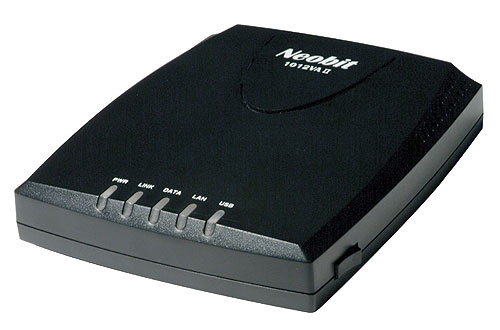
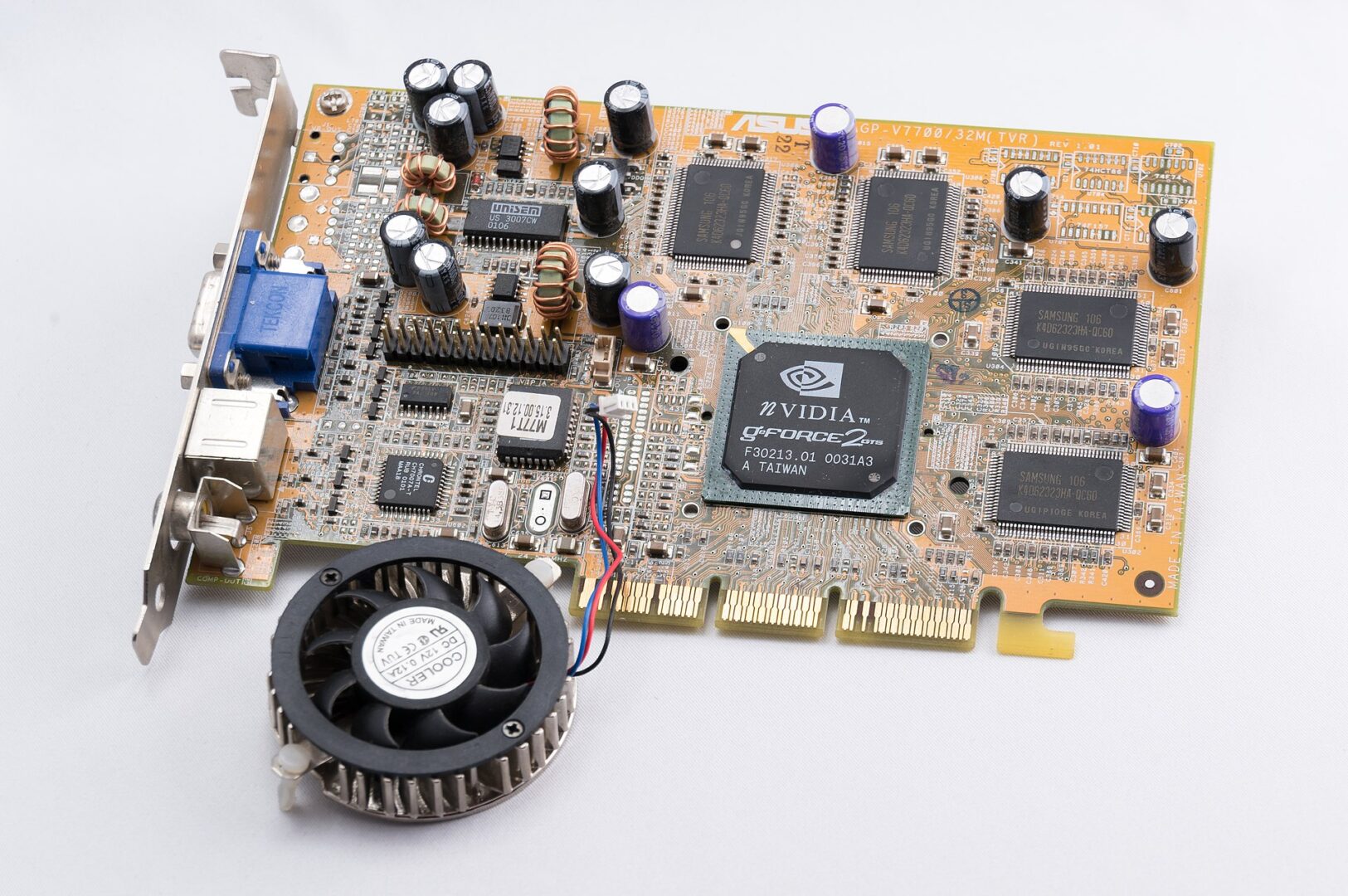
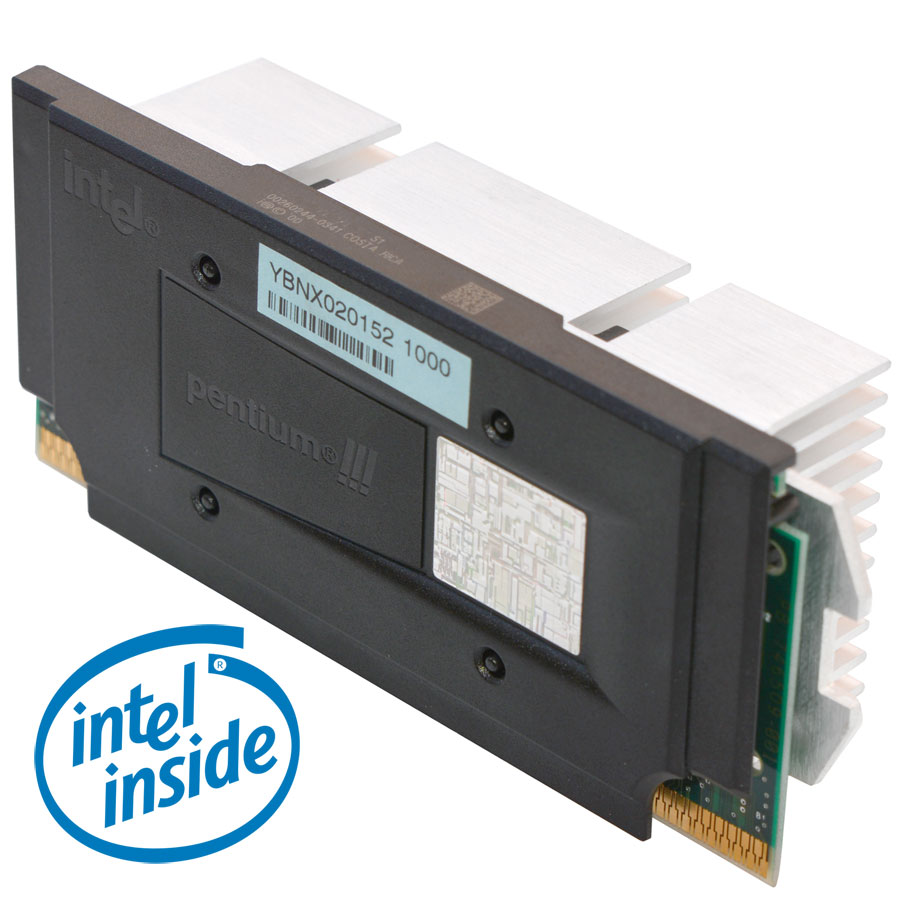
As with everything in life, I got better. When you’re dealing with slow and buggy tools you adapt or die. I adapted because I simply loved making levels too much to drop it. I persevered and with time came better and faster machines, stable and faster Internet connections and most importantly: New and better editors! Now, I would not hold it against you if you are thinking to yourself: “Wow, you held out for 10 years of this crap!?” Nope, luckily it did not take that long. Remember, we are in period of time – and in a rich country – hellbent on and mindlessly fascninated on assimilating any new technology thrown at it, so things were moving fast here. I already had moved on to new computers by the end of 2000. My machine at that time was now a brand new IBM Pentium III 500MHz and two years later it was even more powerful! Within a span of 5 years we had moved from a noisy and slow 56k modem connection to a blazing ADSL connection with a topspeed of 8 Mbps! Add to that a veritable explotion in the development of something like graphics cards where the top of line Voodoo card in the late 90’s was replaced with the insanely popular GeForce, GeForce 2 or 3 series by the end of 2001.
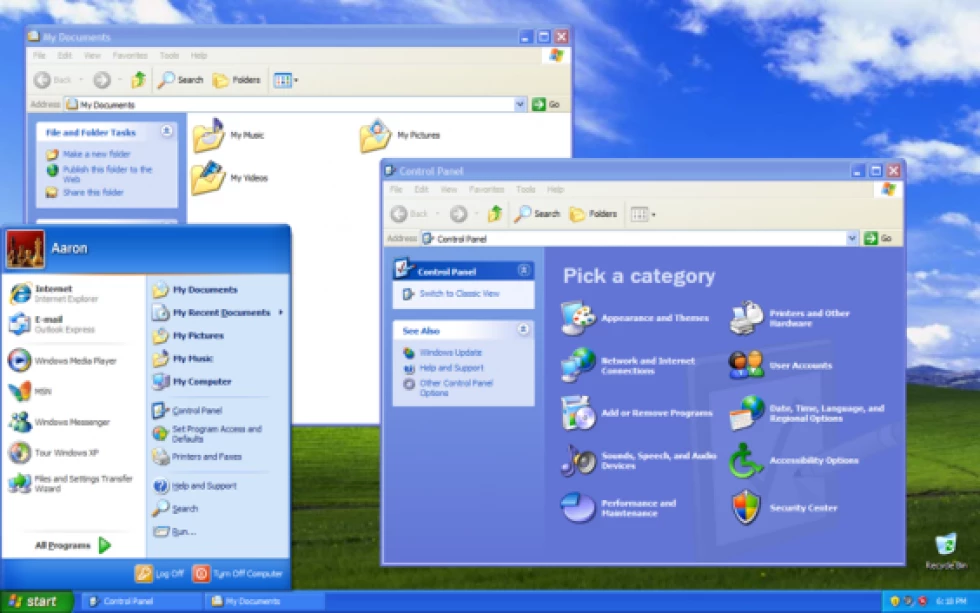
Back to DOOM. Windows XP and Windows 2000 were now the safest things to use if you were in to operating systems from Microsoft. While XP was not always the most stable thing, it was still a huge improvement. I had become much more nerd at this point, so I went with Windows 2000. It was not as userfriendly as Windows XP and not geared towards gaming, but with a little patience and problemsolving it was way more stable and a lot less cluttered with useless junk that slowed the machine down. We are heading into the year 2003 now and a revelation is near: Doom Builder.
Holy shit!
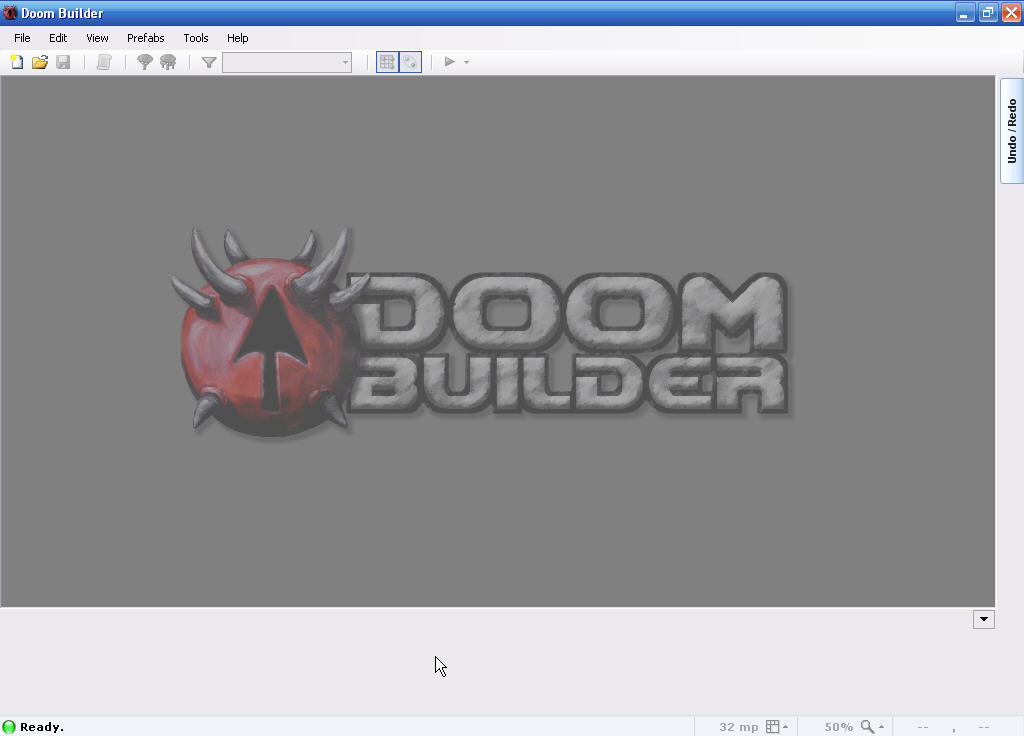
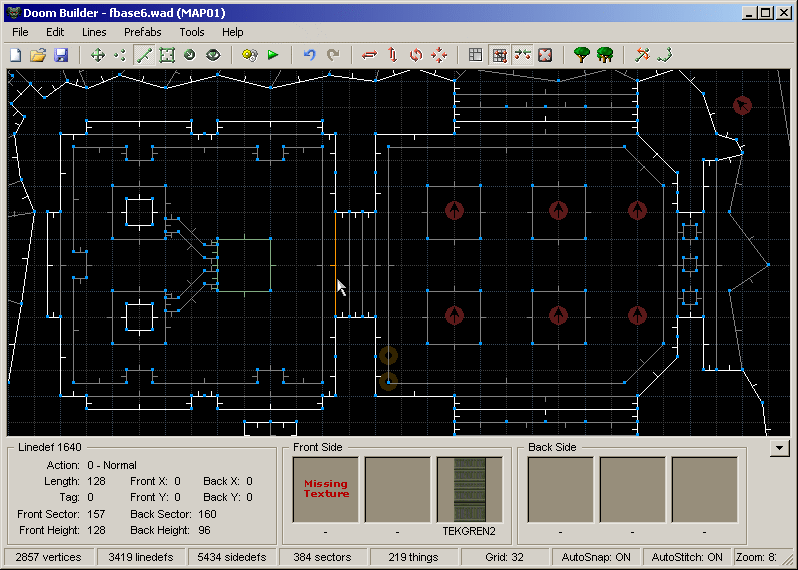
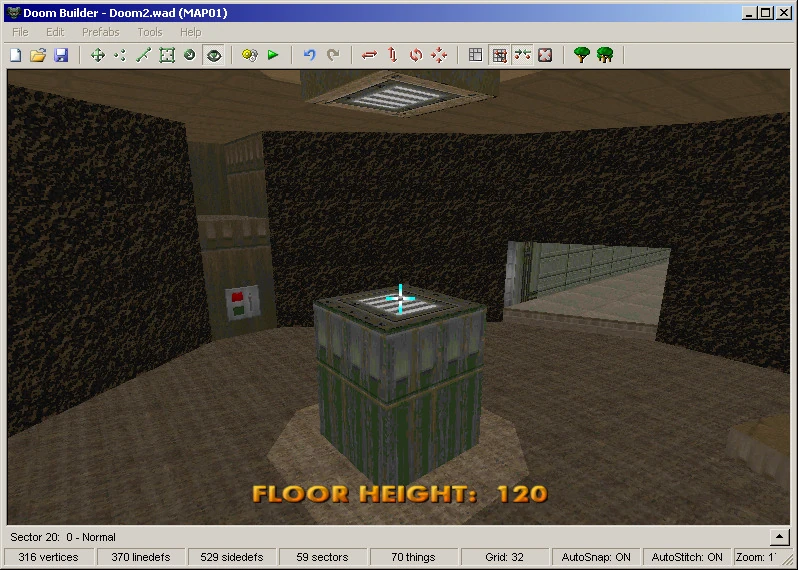
Words could not describe just how revolutionary Doom Builder was! Some people had already paid to get DeepSEA, which was a good and way more advanced editor, but Doom Builder was free, fast and stable. And very, very userfriendly. And my lord… it had a functioning 3D preview. And built-in nodebuilders. Minds were blown. And for those of us who were still around messing with Doom we suddenly felt like never leaving.
Good DOOM designers had been recruited by large game developing companies, many had given up, some had outgrown DOOM and moved on to other games such as Quake and Unreal, but for those of us who were still here… well, we were so happy. And since 2003 up until today we could relax. If you had in idea and the skill you could feel safe in the knowing that neither the editor, the nodebuilder, the Internet connection nor the computer would fail you and ruin hours of hard work. You could simply sit down and relax with your best and most safe hobby: Building DOOM levels.
Chris Hansen, Oct. 2025
